Affiliate links on Android Authority may earn us a commission. Learn more.
5 things we want to see from smartphones in 2022
Published onDecember 27, 2021
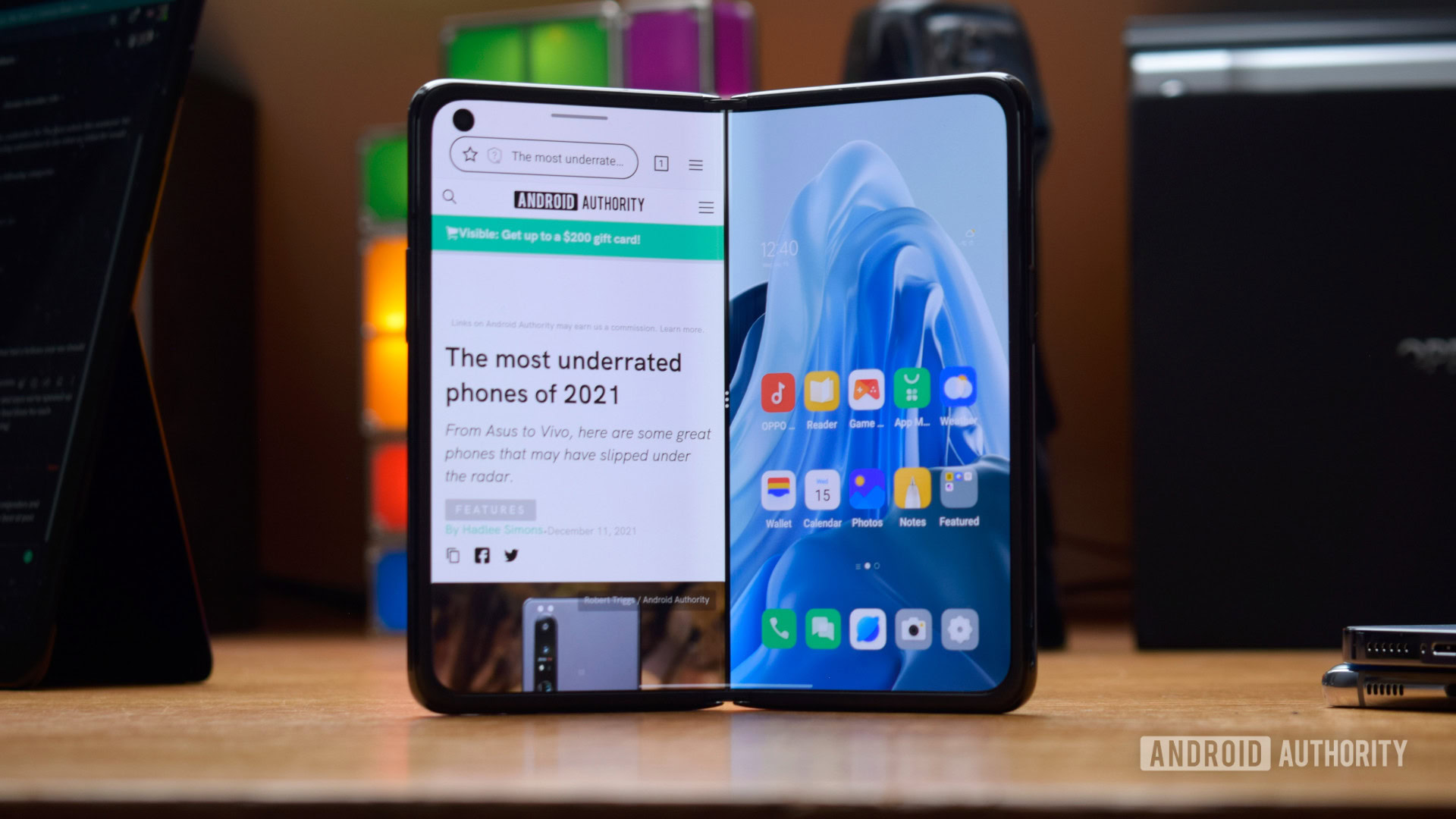
2021 was a pretty good year for the smartphone industry, as we saw more brands offer longer update pledges (in some capacity), great premium and affordable flagships alike, top-notch budget phones, and improved camera capabilities.
There’s always room for improvement, though, and 2021 definitely saw a few trends that we’d rather not see in 2022. So here’s what we want to see from smartphones next year.
Better, wider update commitments
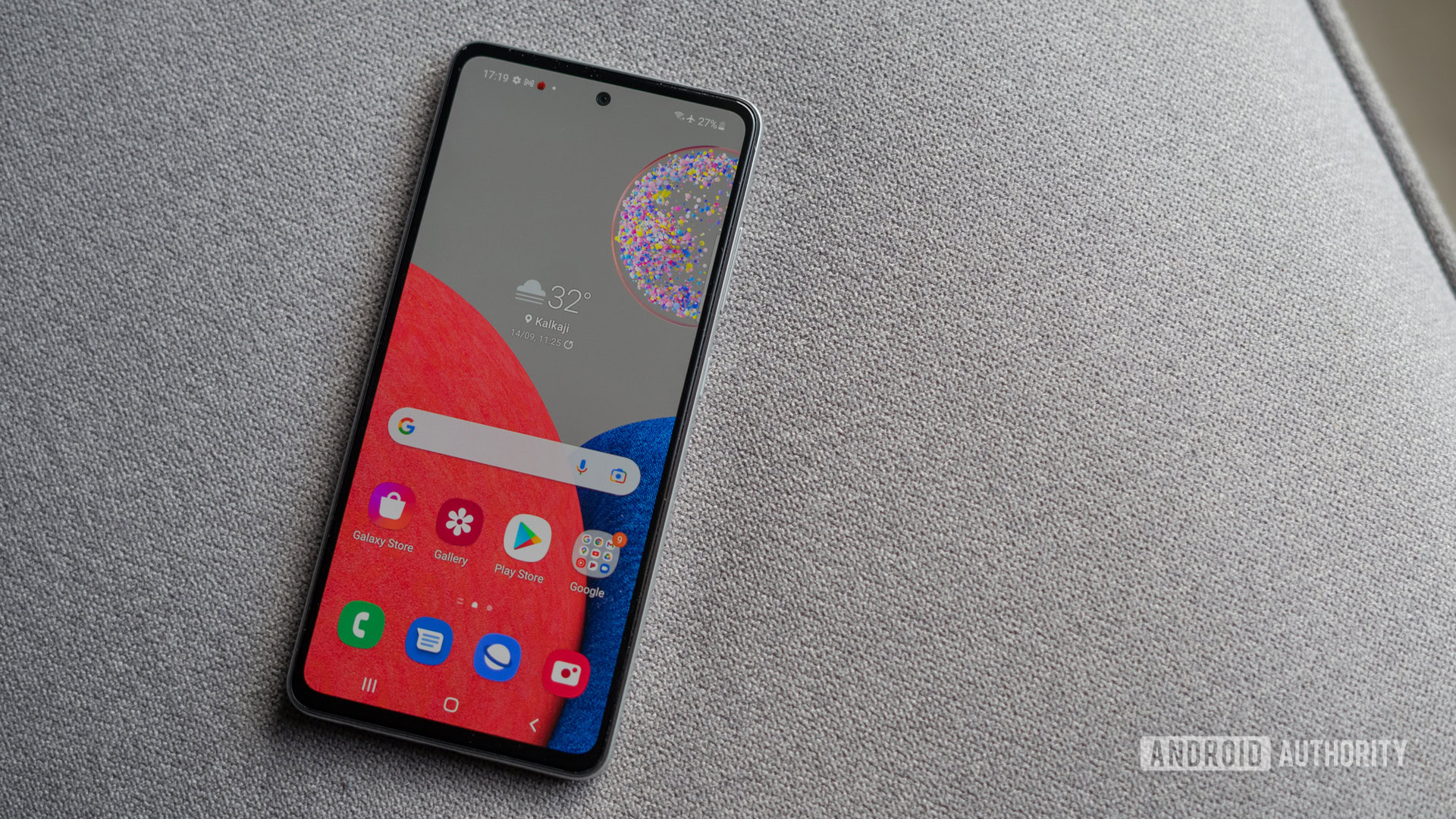
Samsung kickstarted this trend in 2020 when it announced that a slew of devices would now be receiving three years of OS updates and four years of security patches (matching Google’s traditional commitment). These devices included slightly older flagships, some Galaxy A series mid-range phones, and foldables.
The likes of OnePlus, Nokia, vivo, OPPO, and Xiaomi all announced a similar commitment to OS updates this year. But the truth is that most of these brands used this as little more than a marketing tactic, with this update only applying to their latest high-end phones. It was particularly disappointing in vivo and Xiaomi’s cases, as they only announced this update for their H2 2022 flagships. So that meant the vivo X60 series and Xiaomi Mi 11 phones released earlier in the year wouldn’t get in on the action.
More update coverage: Android 12 update — When is it coming to your phone?
In other words, we want to see these brands bring longer update commitments to older top-end models. It would also be great to see cheaper phones like the Redmi Note series and vivo V series getting more OS updates.
Staying with updates for a second, we’d also like to see companies doing a better job of releasing polished, relatively bug-free software. Xiaomi, OnePlus, Samsung, and Google all released buggy software in 2021, either via over-the-air updates or pre-installed devices. Hopefully, we will see fewer cases of this happening next year.
Give us a choice for bundled chargers
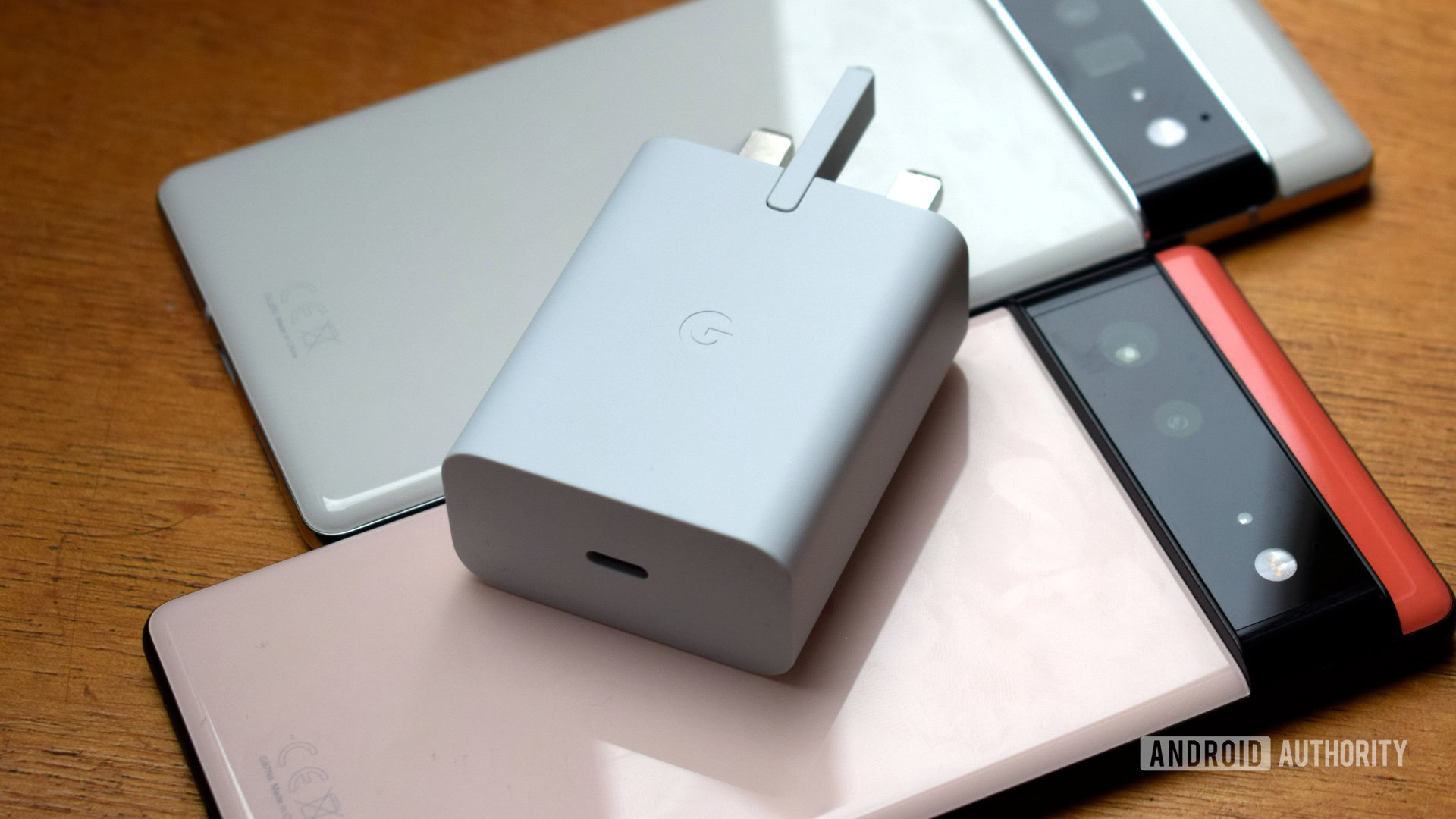
Apple and the iPhone 12 series kickstarted the trend of removing the bundled charger, forcing consumers to splash out on a new charger. This was followed by Samsung and Google, who chose to drop the charger from the Galaxy S21 series and Pixel 6 duo.
The excuse from most of these companies is that the charger was removed due to environmental concerns. But it’s hard to accept this is the real reason when companies charge a significant amount for these accessories in the first place.
Nevertheless, Xiaomi’s Chinese Mi 11 launch served as a great example for companies to follow. The manufacturer offered packages with and without a charger, but you still paid the same price anyway. So we hope to see the likes of Apple, Samsung, and Google doing the same, or simply charge a minimal fee for an additional charger.
Better fast charging support
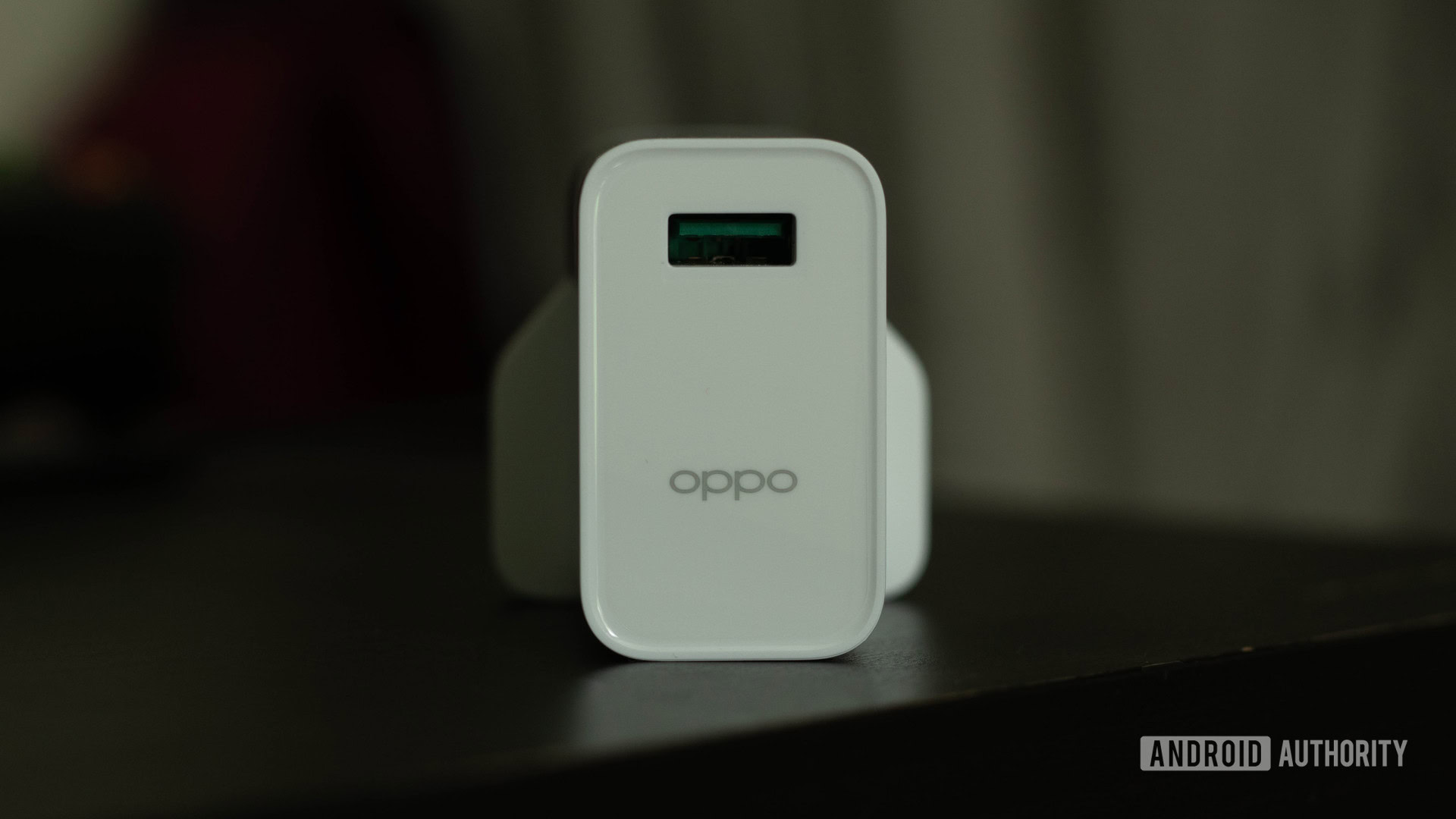
Staying with chargers, one trend we’ve seen over the years has been for Android OEMs to release phones and chargers sporting proprietary fast charging protocols. This isn’t a big deal if the two gadgets support fast charging via standards like USB-PD, PPS, and Quick Charge. But we’ve seen a few phones and chargers that only fast-charge via proprietary protocols, falling back to excruciatingly slow 10W charging via the aforementioned alternative solutions.
Read more: It’s 2021 and USB-C is still a mess
Therefore, we’d like to see manufacturers offer faster charging via USB-PD, PPS, and/or Quick Charge if they insist on using proprietary standards as the primary protocol. It would be great if more companies ditched proprietary standards as the primary protocol when PPS and Quick Charge have both made major strides in recent years.
It would also be wonderful if companies like Google and Apple embraced faster charging in 2022. We don’t necessarily mean adopting 65W charging speeds or higher. But even a bump to 30W along with the ability to sustain peak charging speeds would be an improvement over the Pixel 6 series.
More foldable phones in global markets
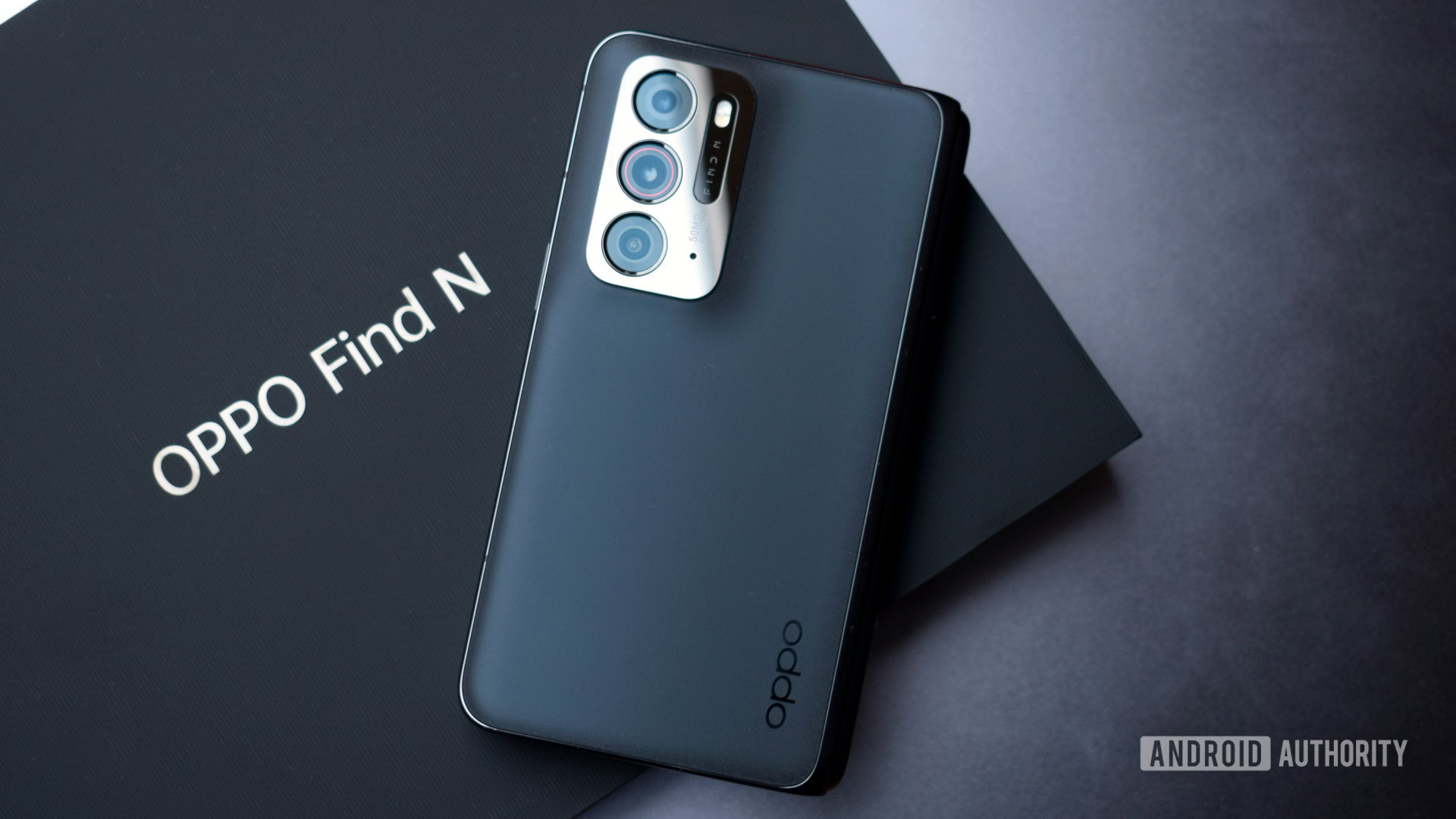
2021 saw Xiaomi, HUAWEI, and OPPO all revealing foldables as rivals to Samsung. Unfortunately, these foldables are only available in China, leaving Samsung as the only company to offer foldable phones globally.
More foldable content: The best foldable phones you can buy right now
We’d therefore love to see the likes of Xiaomi and OPPO bring their foldables to global markets. Otherwise, it’ll be another year of Samsung dominating this space, and another year closer to Apple inevitably bringing its own foldable to the table. For what it’s worth, OPPO says it aims to bring the Find N to Europe next year, but there’s no word on a launch window.
Ditch the crappy 2MP cameras
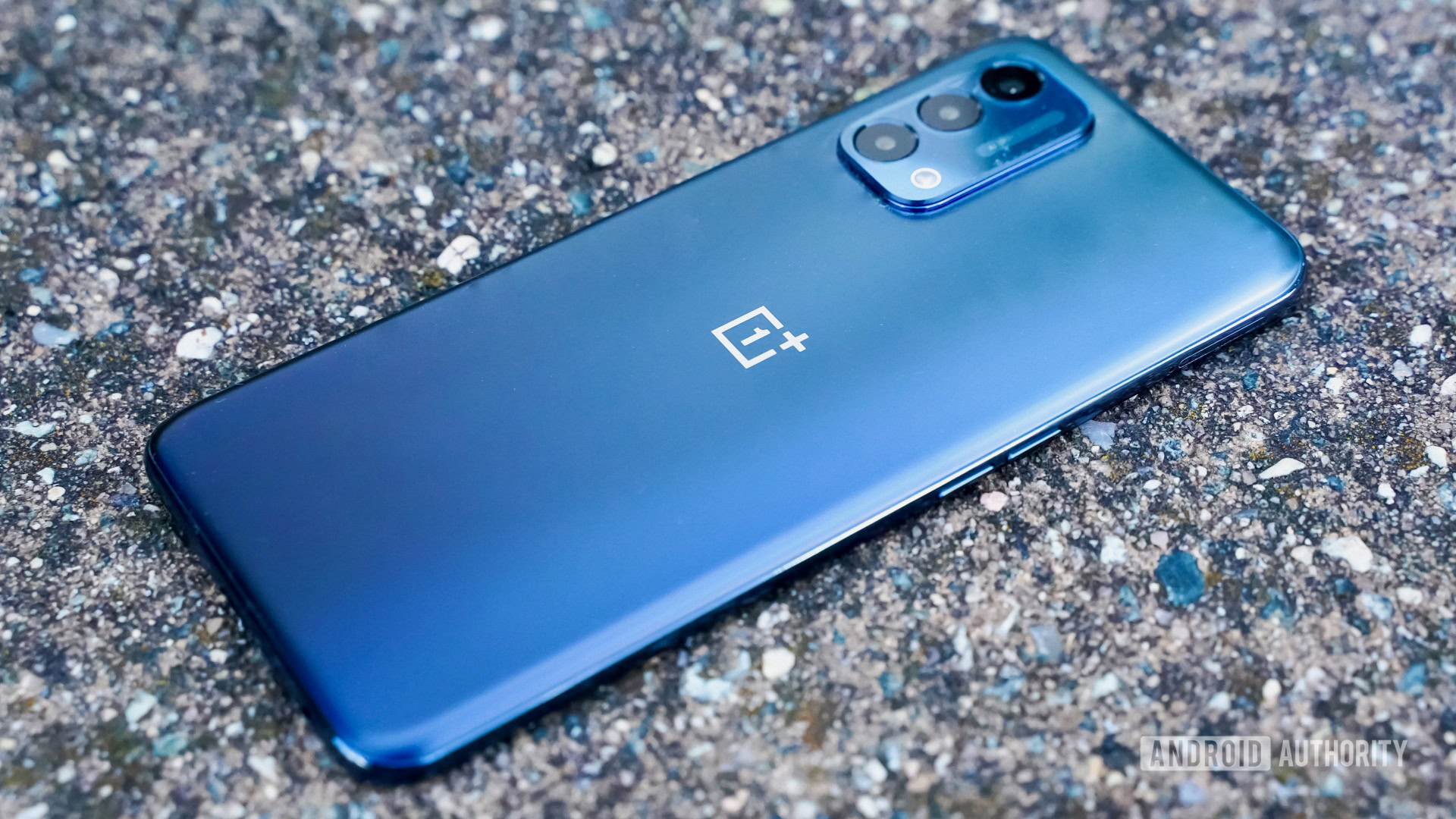
One of the more disappointing trends in the last couple of years has been adding a pair of 2MP cameras to phones, usually being a macro lens and depth sensor. It’s a pretty transparent attempt to increase the rear camera count so brands can say their latest phone has a triple or quad camera setup.
Photography coverage: Want a phone with a great camera? Here’s what to look for
Some of the phones using two 2MP rear sensors in 2021 include the OnePlus Nord N200, Redmi Note 10 series, and the Samsung Galaxy A12. In the case of phones like the Nord N200, the device had a triple rear camera system, with the only truly useful camera being the main shooter.
Hopefully, this trend winds down in 2022, as these 2MP cameras are low-quality. In fact, POCO has already ditched the two 2MP cameras from its POCO M4 Pro in favor of a dual rear setup (main and ultrawide cameras). The ultrawide camera can take macro shots anyway if equipped with autofocus, but here’s to manufacturers using higher quality macro cameras if they insist on having them.